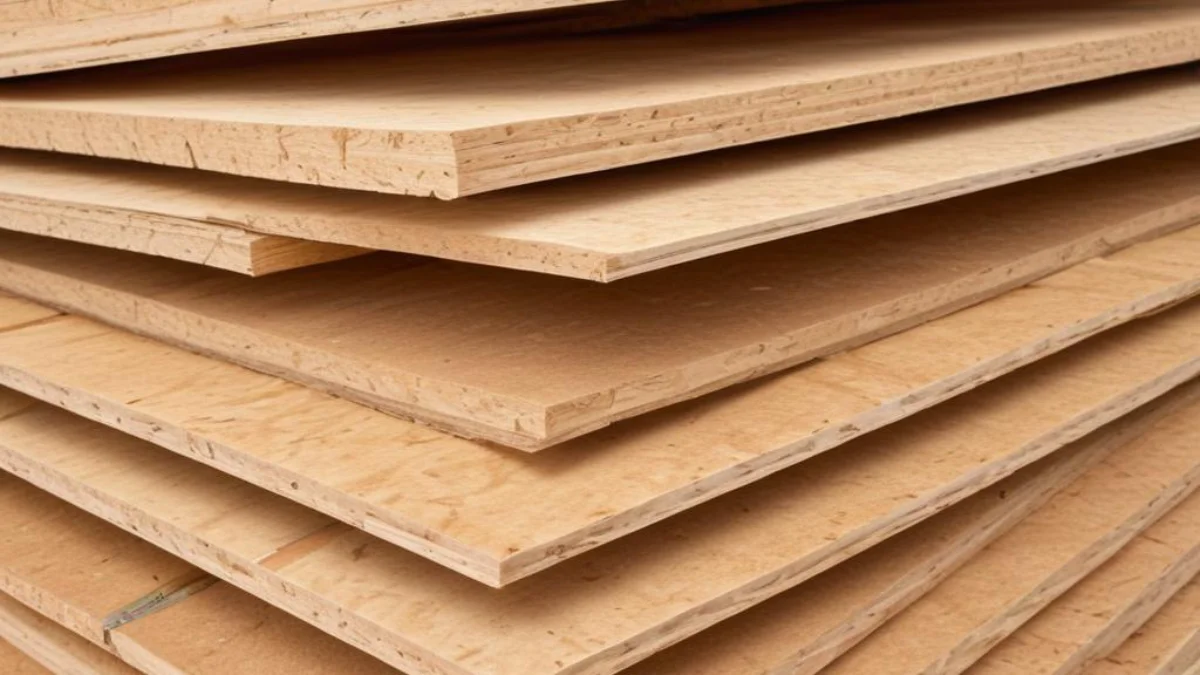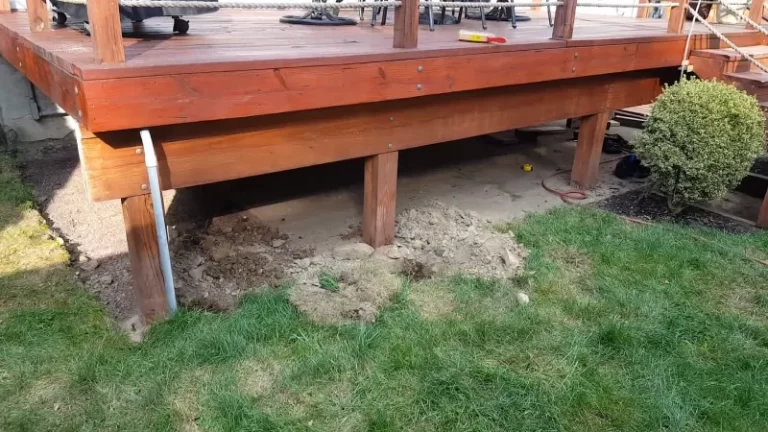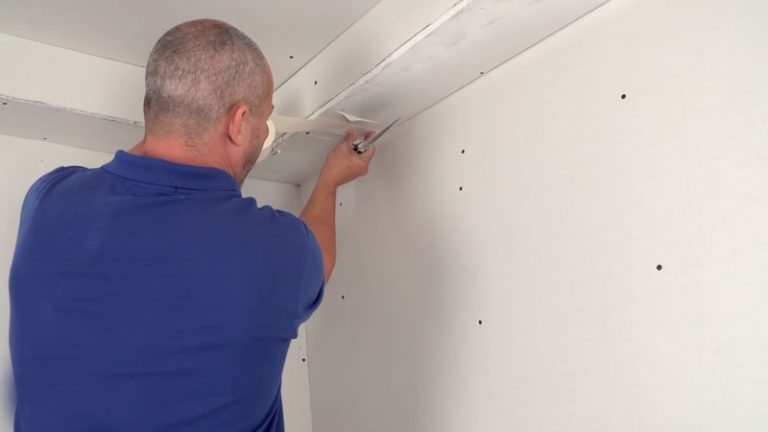Cheapest Exterior Sheathing Options to Protect Your Home
Choosing the right exterior sheathing is a critical decision for any homeowner or builder. It’s the unseen hero that provides structural integrity, weather resistance, and a foundation for your siding. The problem is, with lumber and material costs fluctuating, finding an affordable option that doesn’t compromise on quality can feel like a monumental task. Many homeowners face the challenge of balancing a tight budget with the need for a durable, long-lasting exterior shell for their home.
This challenge often leads to “analysis paralysis,” where the fear of making the wrong, costly choice prevents any decision at all. The underlying issue is a lack of clear, comparative information about the real-world costs and benefits of different sheathing materials. Without this, homeowners are left to navigate a sea of technical jargon and conflicting advice, all while their construction timeline—and budget—hangs in the balance.
Fortunately, you don’t have to break the bank to properly sheathe your home. This guide will walk you through the most cost-effective exterior sheathing options available, providing a clear path to protecting your investment without overspending. We’ll explore the pros and cons of each material, typical costs, and where you can strategically save money without cutting corners on structural safety.
You'll Learn About
Understanding the Role of Exterior Sheathing
Before diving into the cheapest options, it’s crucial to understand what exterior sheathing does. Sheathing is the board or panel material fastened to the exterior studs of your wall framing. Its primary job is to provide structural strength, tying the individual studs together to resist twisting and bending from wind and other forces. This is known as providing shear strength or wall bracing.
Beyond strength, sheathing serves as a nail base for your siding and creates a vital barrier against the elements. It’s the first line of defense, working in tandem with your house wrap and siding to keep wind and rain out of your wall cavities. Some types of sheathing also offer insulating properties, contributing to your home’s overall energy efficiency.
Top Contenders for Cheapest Exterior Sheathing
When budget is the primary driver, a few key players emerge in the sheathing market. We’ll examine the most common and affordable structural sheathing choices, helping you weigh their costs against their performance characteristics.
Oriented Strand Board (OSB): The Budget King
Oriented Strand Board (OSB) is overwhelmingly the most popular and cheapest structural sheathing option for residential construction. It is an engineered wood product made from compressing layers of rectangular wood strands with adhesives. This manufacturing process creates a strong, consistent panel without the knots or voids found in natural wood.
The primary advantage of OSB is its low cost. It consistently prices lower than its main competitor, plywood, making it the default choice for production builders and budget-conscious homeowners. A standard 4×8-foot sheet of 7/16-inch OSB, a common thickness for wall sheathing, can be significantly cheaper than a comparable plywood panel. This cost savings adds up quickly over the square footage of an entire house.
However, OSB’s biggest weakness is its performance when wet. If the edges are exposed to significant moisture for prolonged periods, they can swell and degrade. This makes proper installation, including the use of a weather-resistive barrier (WRB) like house wrap, absolutely critical to prevent long-term damage. Minor water exposure isn’t a catastrophe, but it’s less forgiving than plywood in this regard.
Plywood: The Tried-and-True Competitor
Plywood is another widely used sheathing material, constructed from thin layers of wood veneer glued together with the grain of each layer perpendicular to the one before it. This cross-lamination gives plywood excellent strength and stability. While generally more expensive than OSB, plywood offers a key advantage: superior moisture resistance.
Plywood tends to handle getting wet and drying out better than OSB, swelling more evenly and retaining its structural integrity. This makes it a preferred choice in very humid climates or for builders who want an extra layer of security against moisture issues. Some contractors even use a hybrid approach, using plywood on corners or areas more prone to weather exposure and OSB for the rest of the walls to balance cost and performance.
While often seen as a premium upgrade, the price difference between OSB and basic CDX plywood (a common grade for sheathing) can sometimes be smaller than you’d think, depending on market conditions. It’s always worth pricing out both options for your project. If the budget allows, many builders feel the enhanced moisture tolerance of plywood is a worthwhile investment.

Structural Fiberboard: An Eco-Friendly Budget Option
Less common but still a viable budget-friendly choice is structural fiberboard. This engineered product is made from wood chips and other recycled lumber waste combined with resin and wax. It is generally less expensive than both OSB and plywood.
One of fiberboard’s main benefits is its enhanced thermal resistance; it has a slightly higher R-value than wood-based panels, contributing more to your home’s insulation. It’s also more “breathable” or vapor-permeable, which can be an advantage in certain wall assemblies by allowing trapped moisture to escape.
The trade-off is that structural fiberboard is not as strong as OSB or plywood. It has lower shear strength and doesn’t hold fasteners as well, which may necessitate additional wall bracing to meet local building codes. However, for projects where cost and some added insulation are the top priorities, it remains a compelling alternative.
Non-Structural Sheathing: A Different Approach
It’s important to distinguish between structural and non-structural sheathing. While structural sheathing provides the necessary wall bracing, non-structural options are used primarily for insulation and as a substrate for siding, requiring other methods (like metal T-bracing) for structural support.
Rigid Foam Insulation Board
Rigid foam boards (made from polystyrene or polyisocyanurate) can be used as an exterior sheathing. Their primary benefit is adding a continuous layer of insulation to the outside of your walls, which dramatically improves energy efficiency by reducing thermal bridging through the studs. However, foam sheathing alone provides no structural support.
While the material cost of foam can be higher than OSB, it can sometimes be a cost-effective strategy. By using foam sheathing, you might be able to use less expensive 2×4 framing instead of 2×6 framing and still meet energy code requirements. The labor savings and reduced lumber cost could offset the price of the foam. This approach requires careful planning and ensuring your walls are properly braced.
Thermo-Ply: The Lightweight Contender
Thermo-Ply is a brand of structural sheathing made from high-strength cellulosic fibers bonded with a polymer layer. It’s incredibly lightweight—a fraction of the weight of an OSB panel—making it faster and easier to install. It also has a built-in weather-resistive barrier, which can eliminate the need for a separate house wrap, saving on both material and labor costs.
While it meets building codes for shear strength, some builders find it less robust than traditional wood panels. Its performance can be excellent when installed correctly, but it’s a different system than many crews are used to. Pricing can be competitive with OSB plus house wrap, making it a potentially cheaper all-in-one solution.
Cost Comparison Table
To provide a clearer picture, here is a comparison of typical costs and key features. Note that prices are estimates and can vary significantly based on your location and current market conditions.
| Sheathing Type | Average Cost per 4×8 Sheet | Pros | Cons |
|---|---|---|---|
| OSB (7/16″) | $15 – $35 | Lowest cost, strong, consistent material. | Susceptible to edge swelling when wet. |
| Plywood (1/2″ CDX) | $20 – $45 | Excellent moisture resistance, holds fasteners well. | More expensive than OSB, can have voids. |
| Structural Fiberboard (1/2″) | $10 – $40 | Very low cost, good insulation, vapor-permeable. | Lower structural strength, may need extra bracing. |
| Thermo-Ply (Structural) | $15 – $30 | Lightweight, fast installation, built-in WRB. | Less robust feel than wood panels. |
| Rigid Foam (1″ XPS – Non-Structural) | $25 – $50 | High insulation value, reduces thermal bridging. | No structural strength, requires separate bracing. |
How to Save Money on Your Sheathing Project
Beyond choosing the cheapest material, there are other ways to keep costs down without compromising the integrity of your home’s exterior.
1. Proper Planning and Accurate Estimates
Measure twice, cut once. Waste is a significant cost driver in any construction project. Carefully calculate the square footage you need to cover and create a layout plan that minimizes cuts and wasted material. Provide your supplier with accurate numbers to avoid over-ordering.
2. Consider a DIY Approach (With Caution)
If you have the skills and tools, installing sheathing yourself can eliminate labor costs. However, this is a critical structural task. Improper fastening can compromise the strength of your walls, and poor flashing around openings can lead to leaks. A roofer-punctured-ac-line is a simple mistake compared to systemic water damage from incorrectly installed sheathing. If you’re not confident, the cost of a professional is a wise investment.
3. Protect Materials On-Site
Don’t let your budget-friendly OSB get ruined by a rainstorm before it’s even on the walls. Keep your sheathing panels covered and elevated off the ground to protect them from moisture. Damaged materials are wasted money.
4. Weather Protection is Non-Negotiable
No matter which sheathing you choose, it must be protected by a weather-resistive barrier. Taping the seams of your sheathing can significantly improve air tightness, and a properly installed chimney water diverter is essential for managing runoff in critical areas. Don’t skimp on house wrap, flashing tape, and proper detailing around windows and doors. This small upfront cost prevents massive repair bills down the road. Remember, even a small issue like when you forgot to disconnect my garden hose in winter can lead to water damage, so imagine the potential issues with an entire wall system.
Conclusion: Making the Smart, Affordable Choice
For most homeowners looking for the cheapest exterior sheathing option, standard OSB is the clear winner. Its combination of low cost and high structural strength makes it the industry standard for a reason. However, its effectiveness is entirely dependent on protecting it from moisture. When installed correctly and paired with a quality weather-resistive barrier, OSB provides excellent performance for its price.
If your budget has a little more flexibility or you live in a particularly wet climate, upgrading to plywood can provide valuable peace of mind due to its superior moisture tolerance. And for those prioritizing insulation or looking for innovative all-in-one systems, options like fiberboard, rigid foam, and Thermo-Ply are worth investigating.
Ultimately, the best choice is an informed one. By understanding the specific needs of your project, getting accurate local pricing, and focusing on quality installation, you can effectively protect your home’s structure without letting your sheathing costs spiral out of control.


